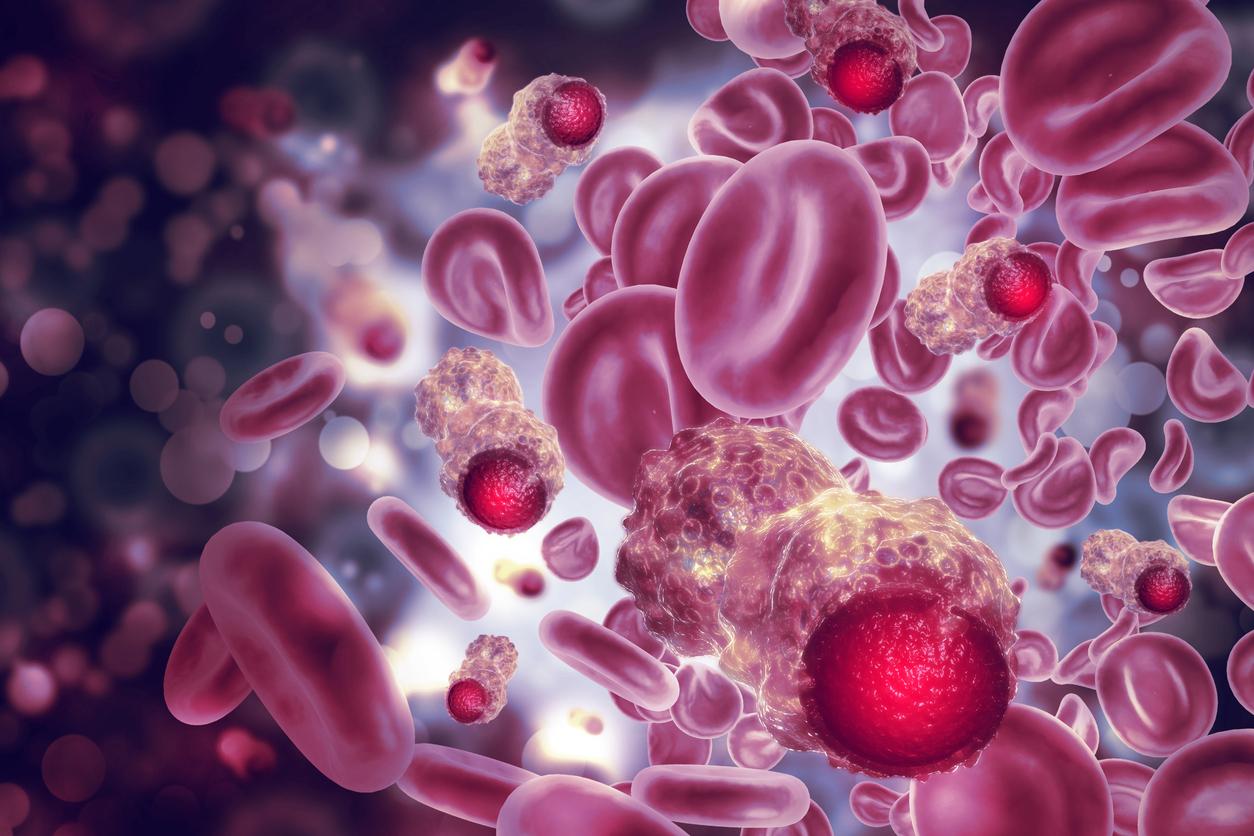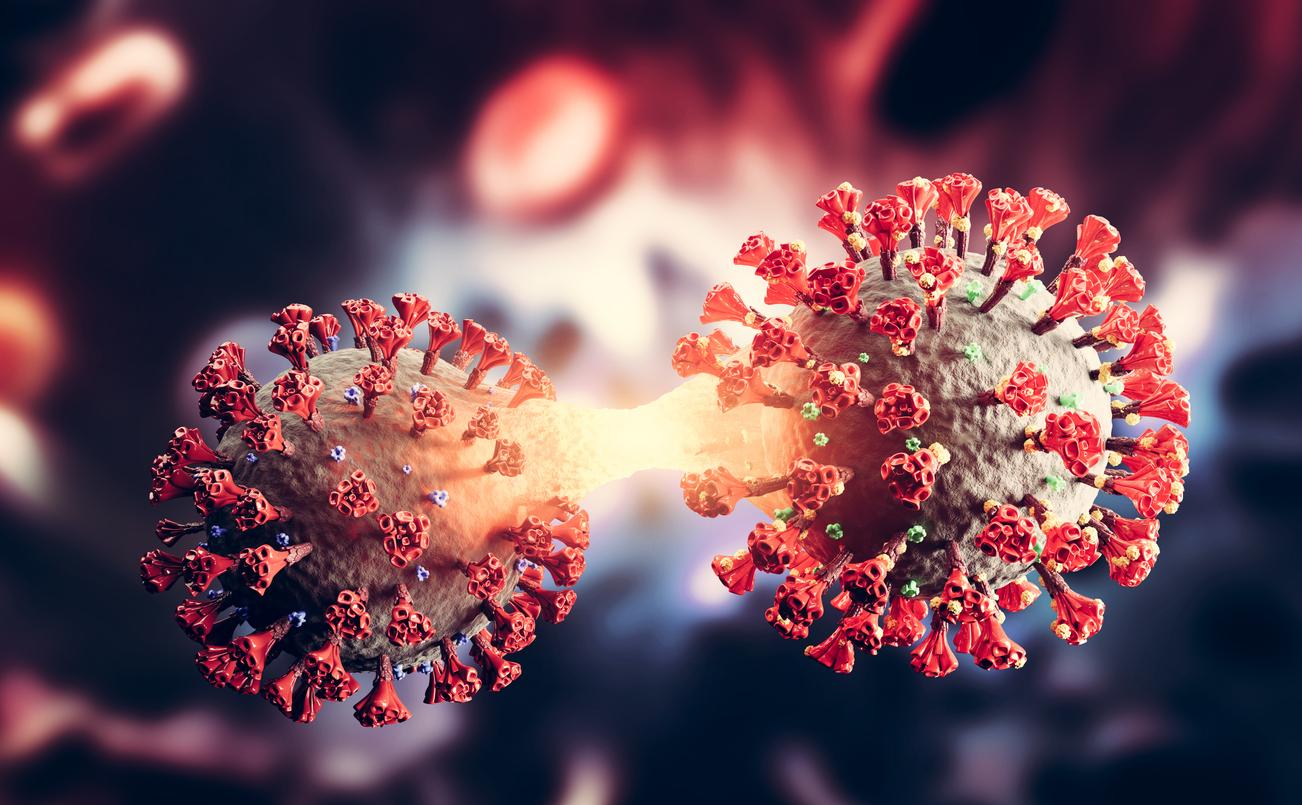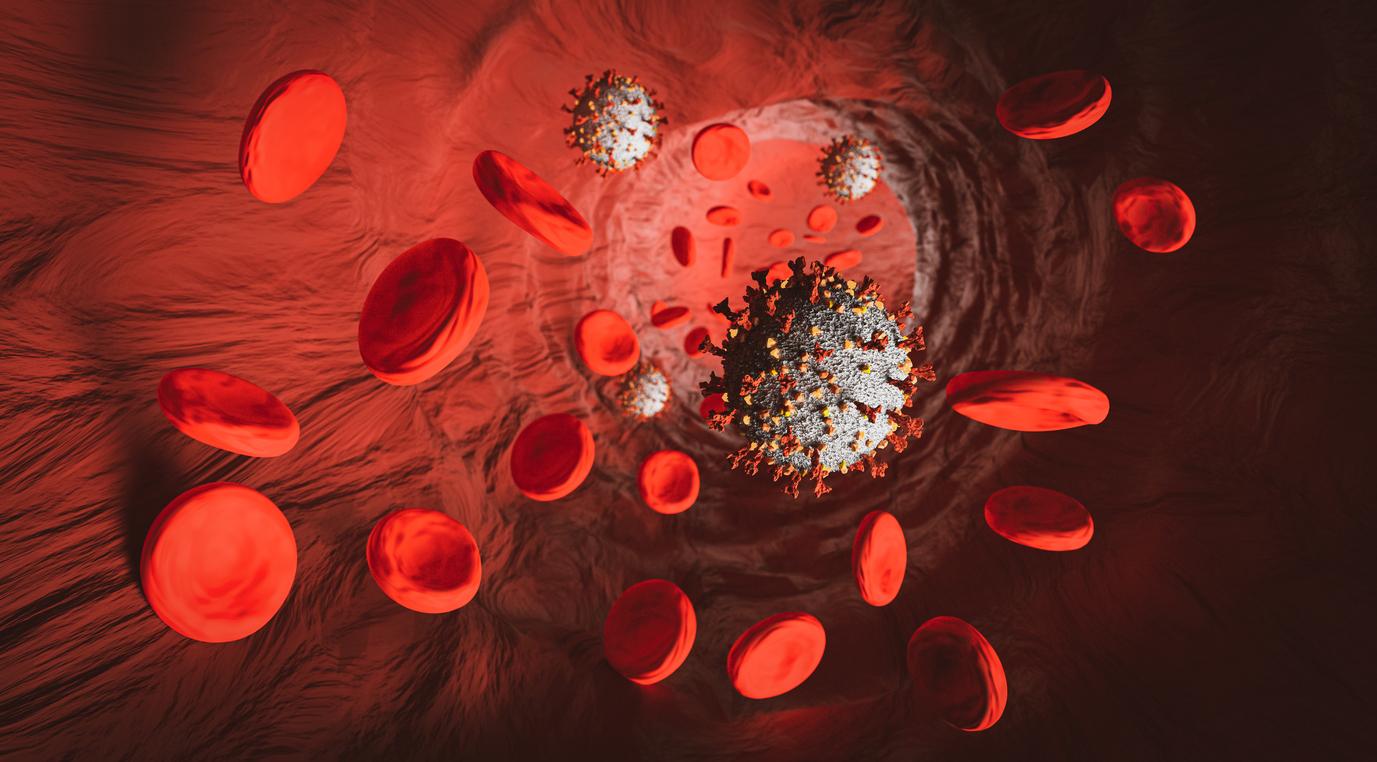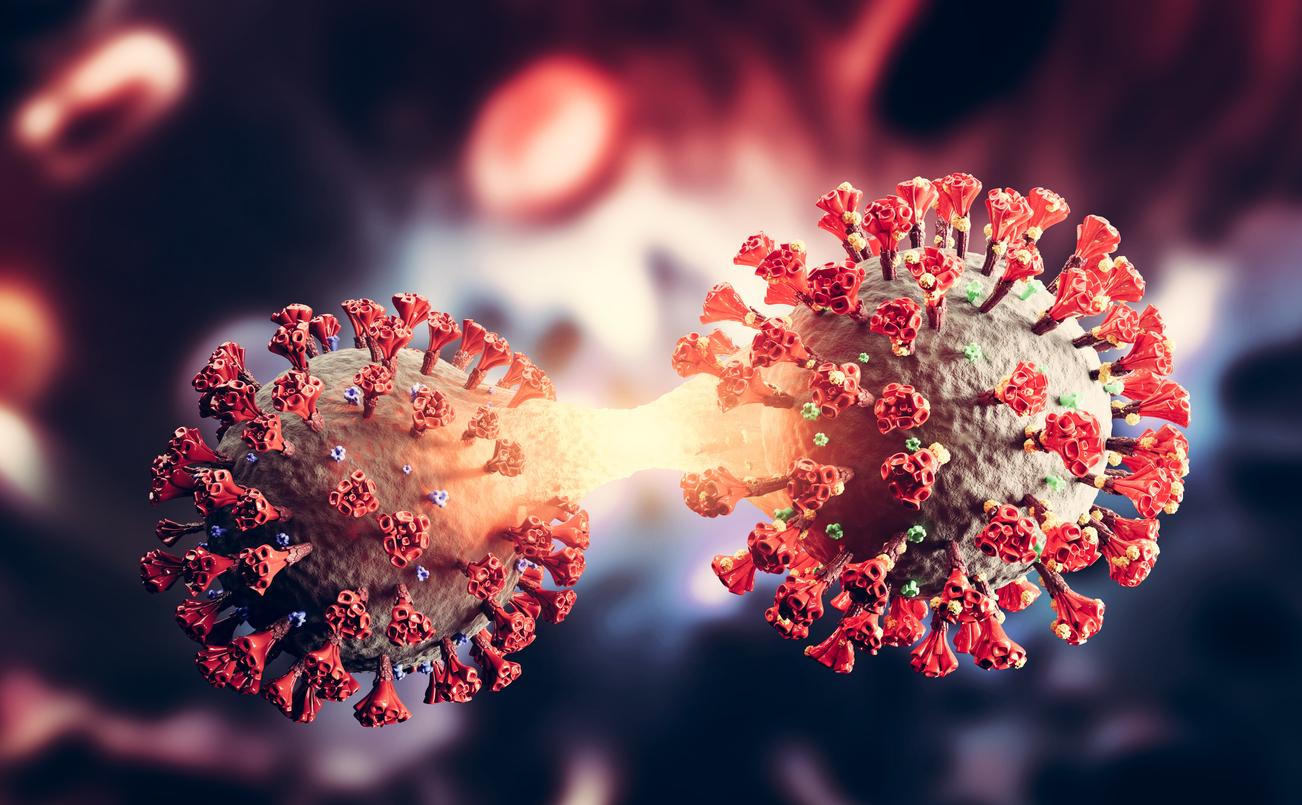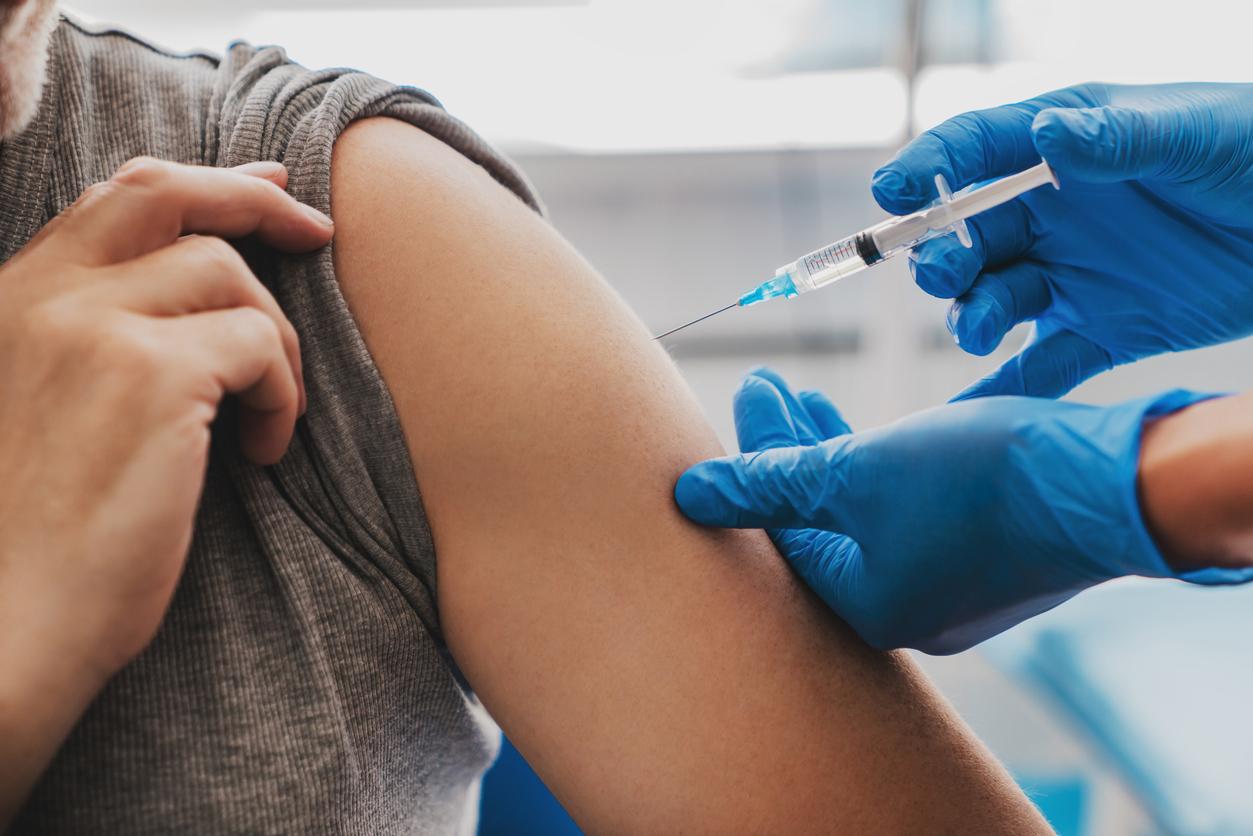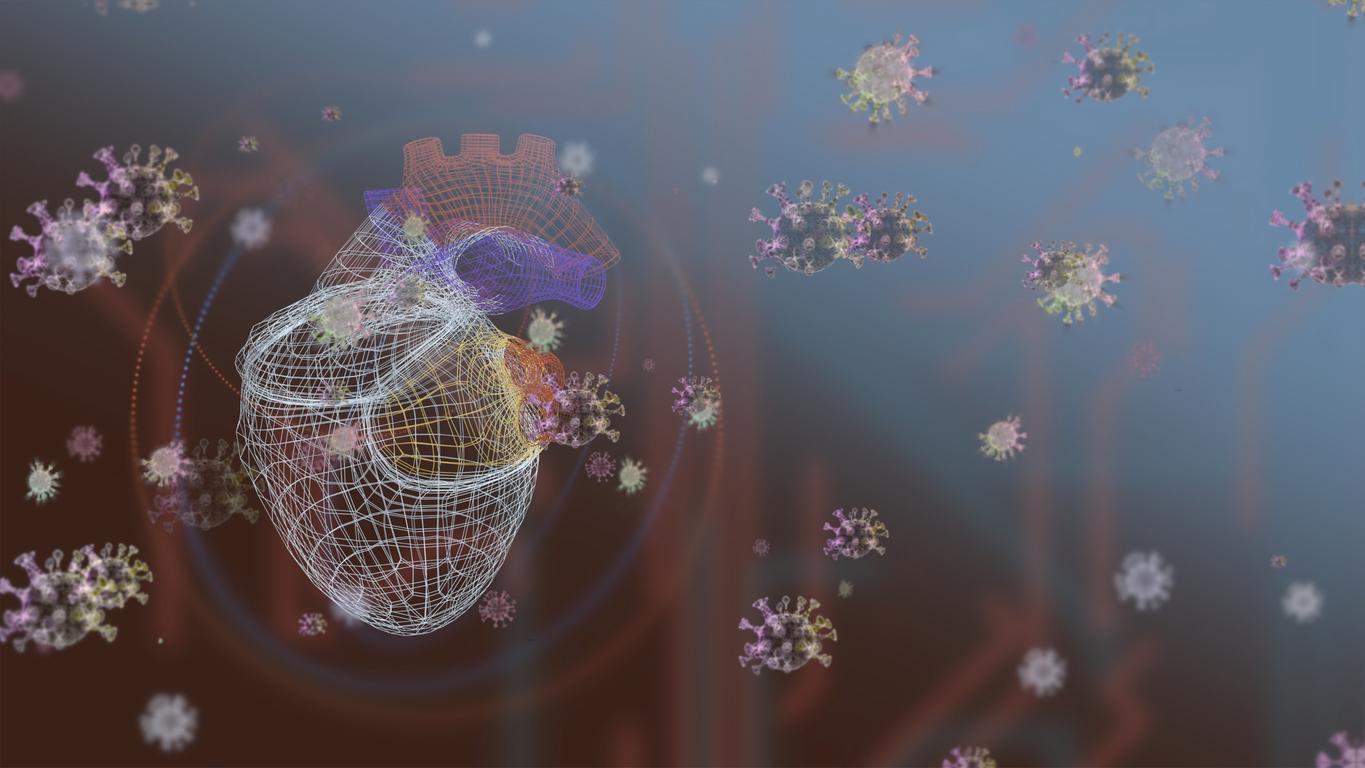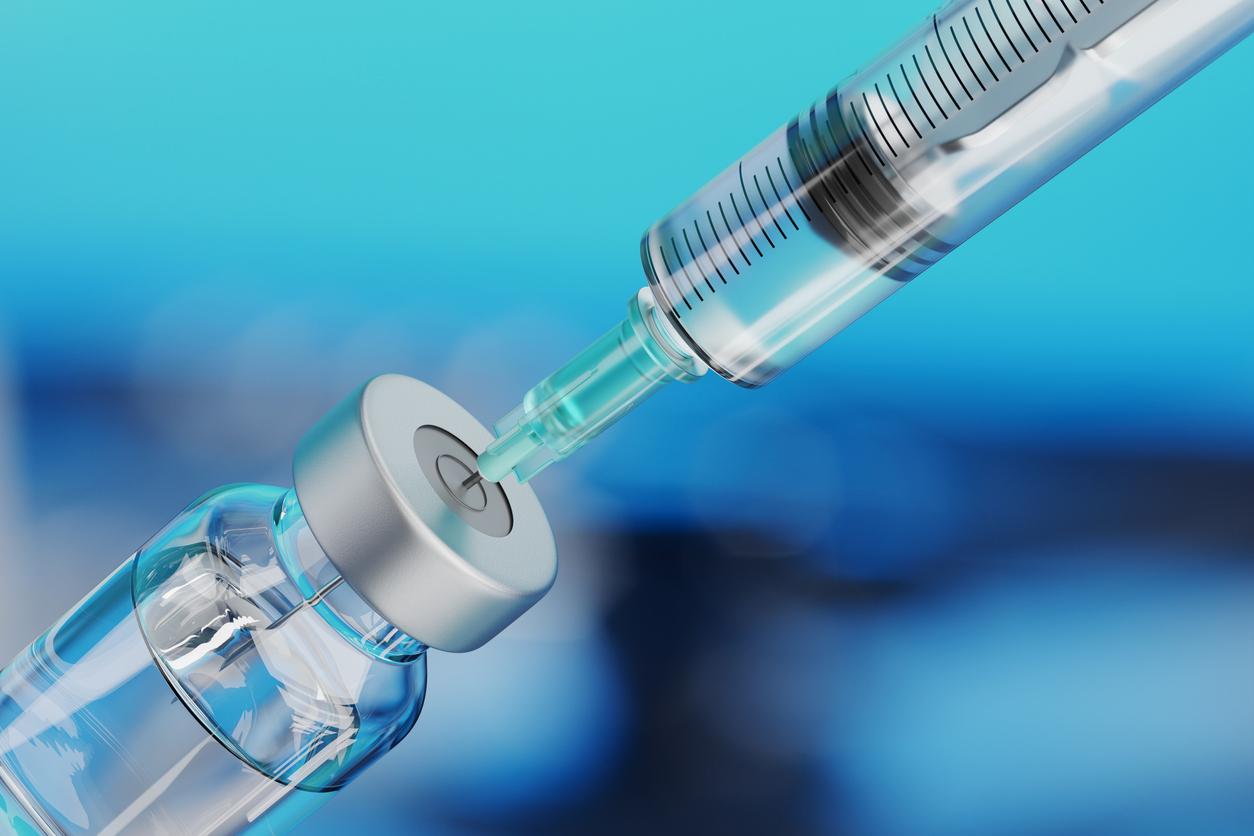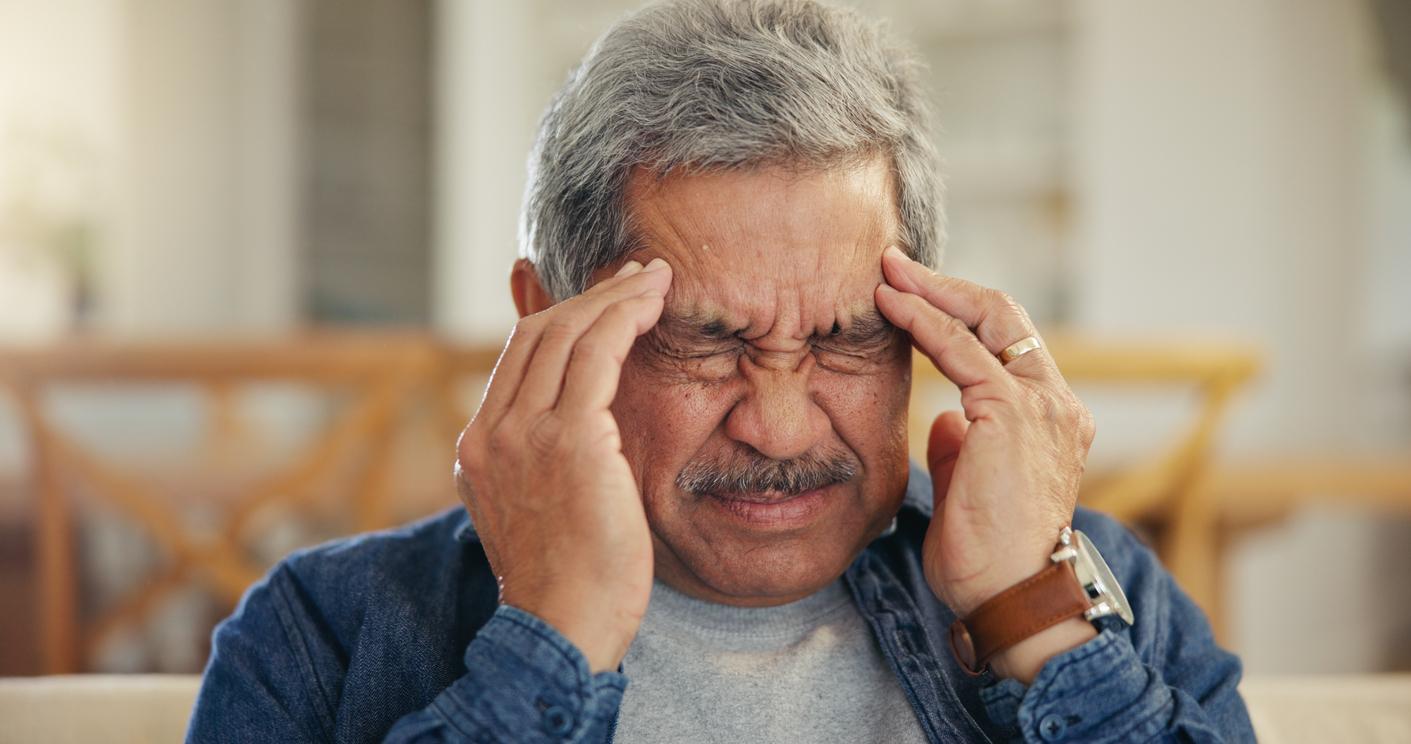The coronavirus manages to hijack certain oral receptors to enter the cells, all helped by saliva. Thus, the more it is present in the oral cells, the more the loss of taste is aggravated.
![]()
- The coronavirus enters the oral cells.
- The more it is present in the oral cells, the greater the risk of losing taste and smell.
- It is “helped” by saliva, which puts it in contact with all the oral cells.
Loss of taste and smell is one of the most common and distinctive symptoms of Covid-19. While it is not uncommon for viral infections affecting the upper respiratory tract to cause a temporary loss of these senses, this symptom is particularly common in the case of the coronavirus. A team of researchers has discovered that cells in the mouth can be infected with the coronavirus, which would explain the loss of taste. The study, in preprint, and which has not yet been reviewed by its peers, was published on the MedRxiv server.
For this, the researchers examined ribonucleic acid (RNA), a polymer chain made up of a sequence of nucleotides. In the human body, RNA is used to control protein synthesis, for different types of cells. By analyzing the RNA that produces the cells of the mouth, the researchers found that the cells of the salivary glands, tongue and tonsils are the ones that contain the most RNA bound to the proteins the virus needs to infect the cells.
The virus inside the oral cells
Among these proteins, the ACE2 receptor is “hijacked” by the virus to enter cells, and an enzyme called TMPRSS allows it to bind its membrane to that of the host cell and slip inside it. this. “Our study shows that the mouth is a route of infection as well as an incubator for the SARS-CoV-2 virus that causes Covid-19”, says Kevin Byrd, researcher in dentistry at the University of North Carolina.
The researchers then took saliva samples from patients with Covid-19, knowing that the buccal cells are excreted in the saliva. They realized that the more virus there was in the sample, the more likely the patient was to lose taste and smell. “We hypothesize that the primary source of the virus is in saliva”, adds Kevin Byrd. Indeed, the researchers also discovered that the minor salivary glands could produce their own virus after infection. The results were confirmed by checking the levels of coronavirus RNA in the cells using a PCR test as well as with a technique called hybridization. in situwhich detects genetic material.
Loss of taste and dry mouth
According to the researchers, it is oral infection with SARS-CoV-2 that is likely to lead to changes in the production or quality of saliva, which contributes to loss of taste, as well as dry mouth and blistering of the mucous membranes.
Future research needs to be done to determine how oral infection affects the course of the disease and facilitates the spread of the virus between people. “A better understanding of how the coronavirus infects oral cells may help improve treatments for patients with Covid-19 with loss of taste”, concludes Kevin Byrd.

.









